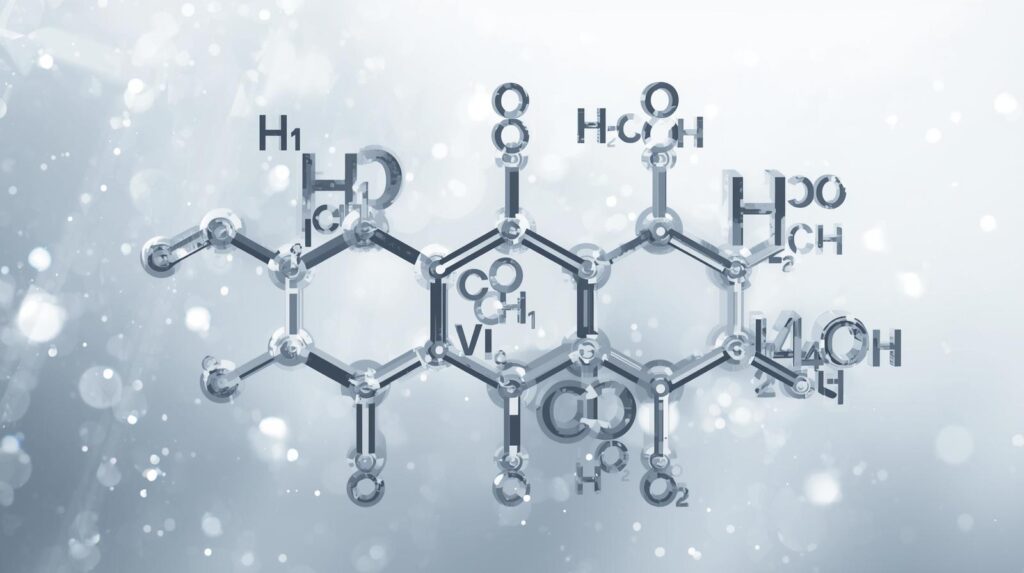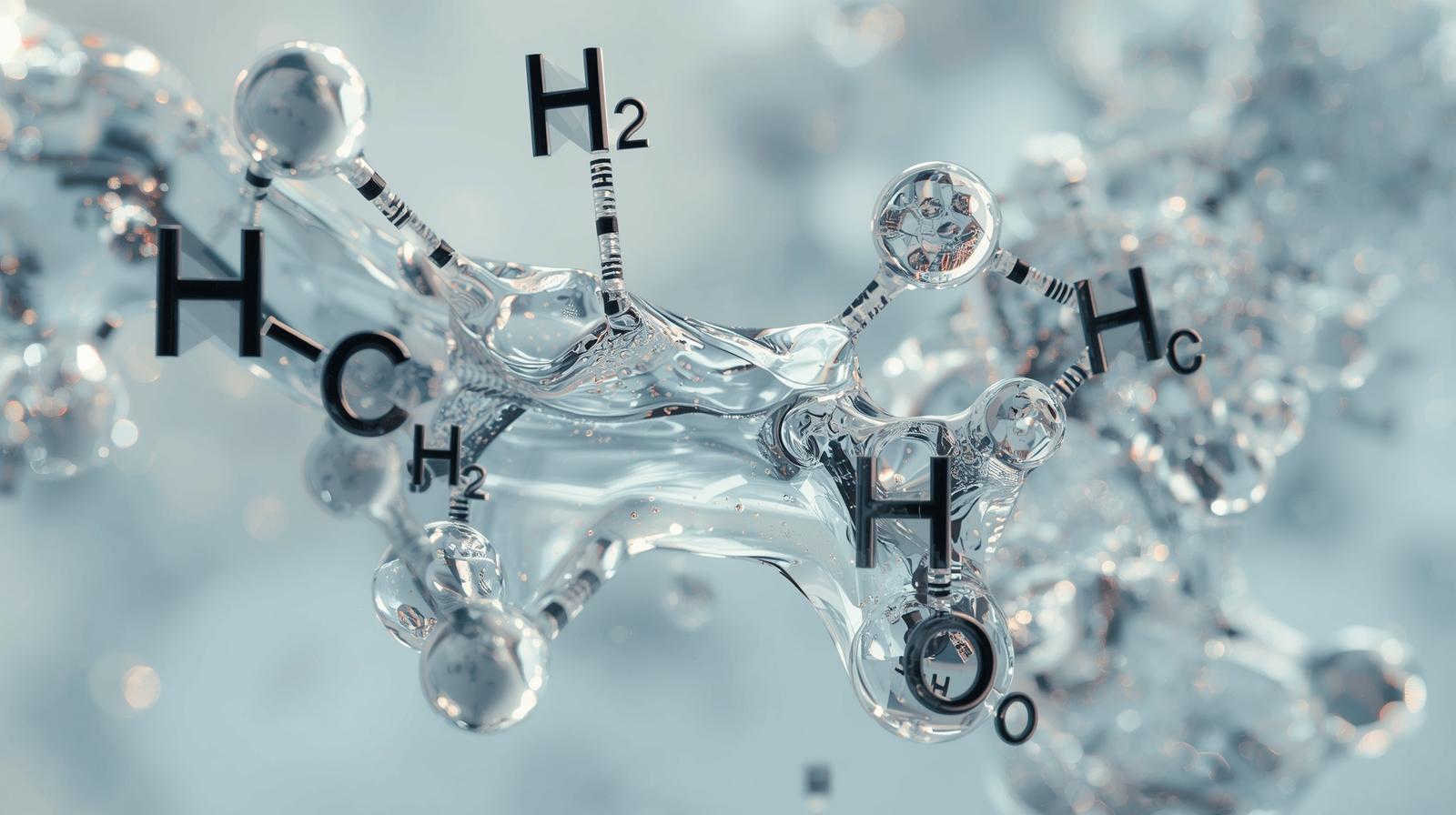Hcooch ch2 h2o to, a chemical combination the involvement of HCOOH, a group of methylene (CH), and water (H₂O).As a combination of reactants, intermediates, and products rather than a single molecule, formic acid (HCOOH), a methylene group (CH₂), and water (H₂O) are the chemical entities that are frequently encountered together in chemical reactions and industrial operations.
Key points
Understanding the function of HCOOH CH2 H2O requires dissecting each element:
- HCOOH: The most basic carboxylic acid, it is sometimes referred to as formic acid and is utilized in the production of chemicals.
- CH2: A methylene group that frequently serves as an organic molecule’s bridge or connection.
- H2O: A common solvent and reactant in a variety of chemical processes, water is utilized.
Mechanism of Reaction for HCOOCH CH2 H2O
Instead of creating a single stable molecule, formic acid (HCOOH), water (H2O), and a methylene group (CH2) interact chemically in the HCOOH–CH2–H2O reaction pathway. A tetrahedral intermediate is then produced when a water molecule acting as a nucleophile attacks this carbon. The opposite process, known as hydrolysis, can also take place in watery environments when the ester is broken down back into methanol and formic acid. Hydroxide ions attack the ester directly during basic hydrolysis, often referred to as saponification, without protonation.
Why hcooch ch2 h2o Trending?
The reason HCOOH CH2 H2O is popular is that it draws attention to a special chemical combination that is essential to contemporary chemistry, business, and research: formic acid (HCOOH), methylene group (CH2), and water (H2O). It was initially used as a foundation for organic laboratory research before being used in industry; this system offers a great example of how chemicals interact.
What is CH₂ Methylene?
This extraordinarily flexible two-carbon structure is made up of one carbon atom bound to two hydrogen atoms. Chemists are able to maximize yields for certain reactions involving hcooch ch2 h2o derivatives by regulating variables such as pH and temperature.

As a connection or bridge between two sections of a molecule, methylene often forms structures like methylene bridges (–CH₂–) in organic chemistry.
Conclusion
Hcooch ch2 h2o to, a chemical combination the involvement of HCOOH, a group of methylene (CH), and water (H₂O). The most basic carboxylic acid, it is sometimes referred to as formic acid and is utilized in the production of chemicals. A tetrahedral intermediate is then produced when a water molecule acting as a nucleophile attacks this carbon. Hydroxide ions attack the ester directly during basic hydrolysis, often referred to as saponification, without protonation.
Tikcotech: The Future of Technology and Innovation
FAQs
What is hcooch ch2 h2o?
As a combination of reactants, intermediates, and products rather than a single molecule, formic acid (HCOOH), a methylene group (CH₂), and water (H₂O) are the chemical entities that are frequently encountered together in chemical reactions and industrial operations.
What are the common uses or applications of hcooch ch2 h2o?
The components of this formula can be individually utilised during chemical synthesis. Methyl formate is used as a solvent, CH2 is part of many organic compounds, and H2O is a universal solvent in reactions.
Why is H20 unbalanced?
The chemical equation H2 + O2 → H2O is an unbalanced chemical equation. The unbalanced equation identifies reactants and products, but it does not correctly account for how much of each is involved
How does water (H2O) interact with HCOOH and CH2 in chemical reactions?
The H2O is frequently a solvent and reagent in these reactions, as in ester hydrolysis. It may decompose methyl formate and mediate reactions with methylene-containing species.

